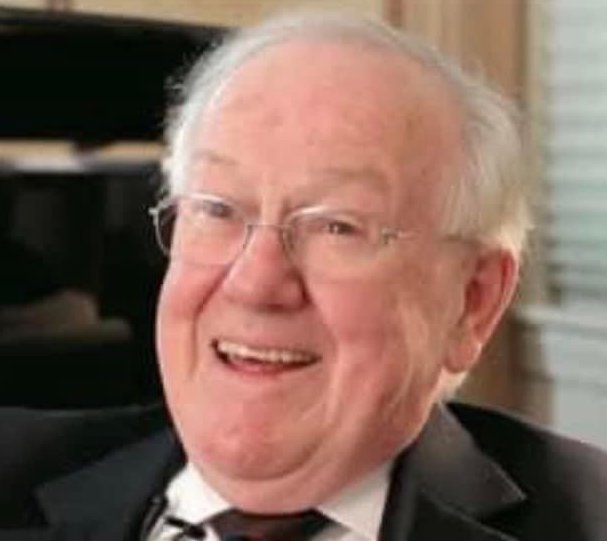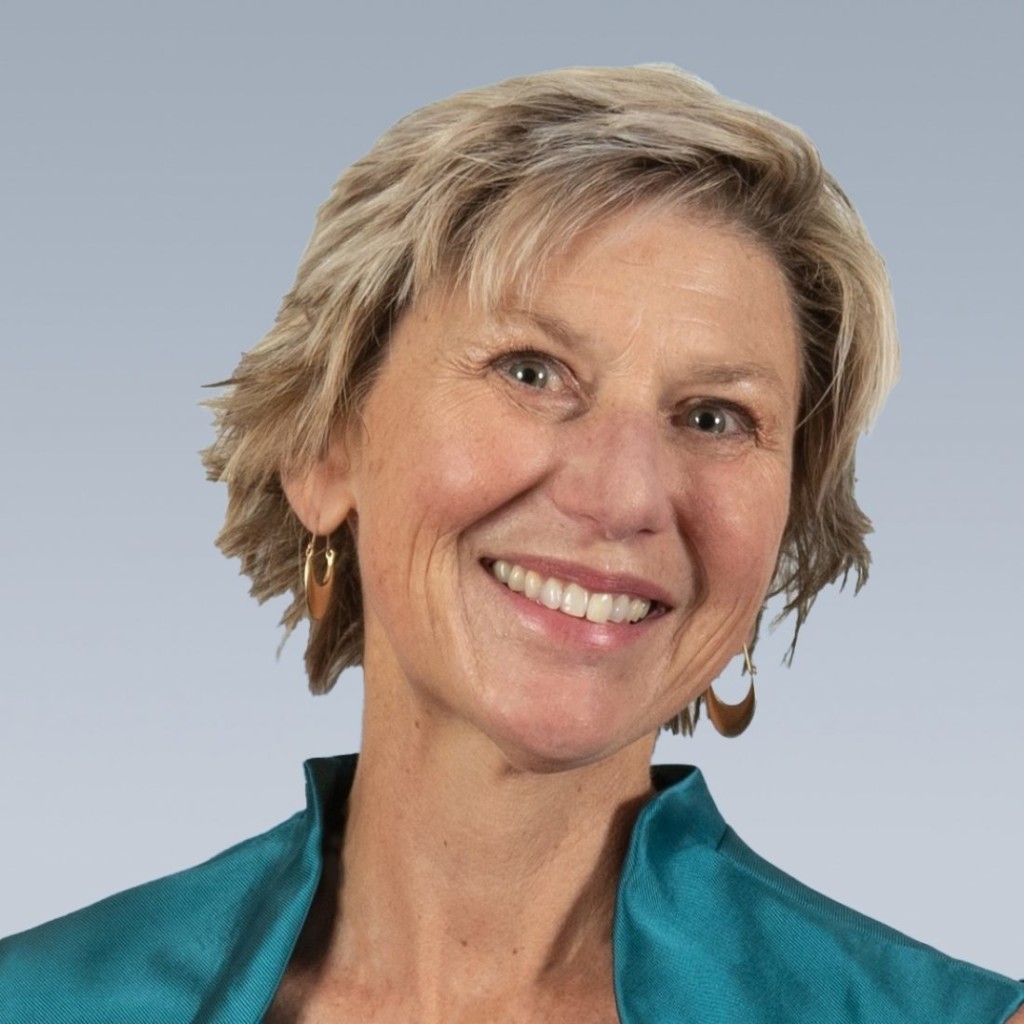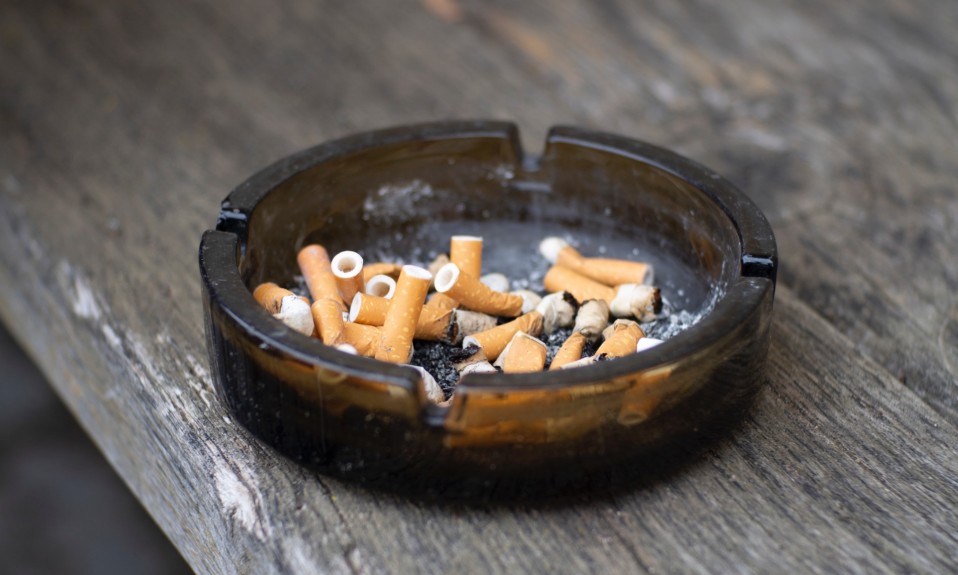Plus: The legacy of Oxford House’s founder, and more treatment industry news
By Mark Mravic
New & Next: Policy
FDA Says It Will Reduce Nicotine in Cigarettes to Non-Addictive Levels
Buried in an obscure U.S. Food and Drug Administration (FDA) report on Tuesday called the “unified agenda,” a biannual list of short- and long-term regulatory actions the agency is planning, was a blockbuster announcement: a proposal to drastically slash the legal amount of nicotine in cigarettes sold in the U.S. The new product standard would establish a maximum nicotine level in cigarettes and other combustible tobacco products that would make those products minimally addictive or non-addictive, with the goal of allowing smokers to more easily quit and preventing young people from taking up the habit.
In a statement issued later on Tuesday, the FDA laid out its case. It said that more than half of all smokers make a serious attempt to quit each year but fail because of nicotine’s addictiveness. It also noted that some 480,000 Americans die annually of smoking-related causes, making it the leading cause of preventable disease and death in the U.S., and that smoking costs the economy nearly $300 million a year in direct healthcare expenses and lost productivity. The new standard is meant to address those issues.
“This is one of the most consequential actions the FDA could take to change the deadly trajectory of tobacco use in this country.”
—Nancy Brown, CEO, American Heart Association
The FDA proposal had few specifics, but some observers expect the rule to call for a reduction of as much as 95% of current nicotine levels. The new standard would take years to be finalized—the rule will not be officially outlined until May 2023 and then will undergo a lengthy process of public comment and regulatory analysis. The agency would also likely give tobacco companies several years to adapt to the new standard—including figuring out how to produce low-nicotine tobacco. And of course, there will be strong political opposition from some quarters and inevitable legal challenges from the tobacco industry. There are also concerns about plunging America’s 30 million smokers into nicotine withdrawal if the move is too abrupt, as well as creating an illegal black market for full-strength products.
Despite the potential obstacles, the proposal received high praise from anti-smoking groups and advocates. Nancy Brown, CEO of the American Heart Association, said in a statement, “This is one of the most consequential actions the FDA could take to change the deadly trajectory of tobacco use in this country.” The Campaign for Tobacco-Free Kids said, “Given the enormous public health benefits and the millions of lives that would be saved, the Administration and the FDA should move as quickly as possible to turn this plan into reality.” And Mitch Heller, who recently retired as head of the FDA’s Center for Tobacco Products, told The New York Times, “This one rule could have the greatest impact on public health in the history of public health. That’s the scope and the magnitude we’re talking about here.”
New & Next: People
Paul Molloy, Co-founder of Oxford House, Dies at 83

In the space of a few short years in the 1970s, Paul Molloy went from up-and-coming D.C. lawyer—he helped draft the legislation that became Amtrak—to living on the streets and begging for money. Alcohol broke up his family and ruined his career, and in 1975 Molloy checked himself into a county-run halfway house in Silver Spring, Md., to get sober and turn his life around. When the facility faced closure, the residents took over, deciding to run the program themselves. They created a series of rules—decisions would be made by group vote, everyone would contribute equally to expenses and chores, and anyone caught drinking or using drugs would be expelled.
From that single site, the experiment called Oxford House grew to a nationwide network of more than 3,000 self-governing, self-care homes in 44 states for people in recovery. Molloy was the CEO and public face of the organization until his death earlier this month at age 83 from cancer.
Perhaps because of the mutual support that residents provide each other, Oxford House can claim significant success in recovery. A long-running study by DePaul University has found that residents, who can live at Oxford Houses for as long as they want, have lower substance use rates, higher incomes and lower incarceration rates after two years in recovery compared to usual care conditions. A further recent DePaul study found that Oxford House residents had much lower rates of COVID-19 infection and mortality than the general population in the early days of the pandemic.
All of that is down to the principles set out and embodied by Molloy. “Those of us who have been fortunate enough to know and work with Paul have lost a dear friend and an inspiring leader, and a true champion for recovery,” Oxford House said in a statement. “Paul leaves behind an organization that only his vision and passion could create.”
Caron Appoints New COO

Caron Treatment Centers announced the elevation of Kristine Bashore to the role of chief operating officer. Bashore, who has been with the Wernersville, Pa.-based addiction and behavioral health treatment nonprofit for more than 20 years, will oversee day-to-day operations at Caron’s facilities in Pennsylvania, Florida, New York, Georgia and Washington D.C., as well as human resources, training, clinical practice, professional development and a range of other areas. “I’m excited to officially take on this strategic position at this critical time in the history of our organization,” Bashore said. “I see my role as empowering Caron’s amazing teams so they can focus on transforming the lives of individuals and families.”
New & Next: Webinar
Combating Burnout in Care Workers
On June 30, TPN Health is offering the free webinar, “Burnout and Boundaries for Self Care.” Led by Tommy C. McGee, LMHC, CAP, the session will address the challenges of workers in the caring professions—heavy workloads, emotional weight, lack of support—that can lead to burnout and leaving the industry. The presentation will help participants recognize early signs of burnout in themselves and their peers and provide intervention strategies to fight and prevent it. The course, conducted virtually, will earn 2 CE credits. Register here.
Top photo: Markus Spiske













